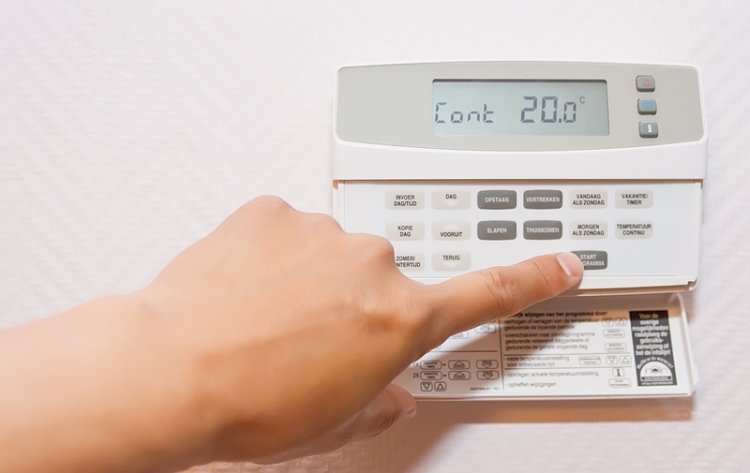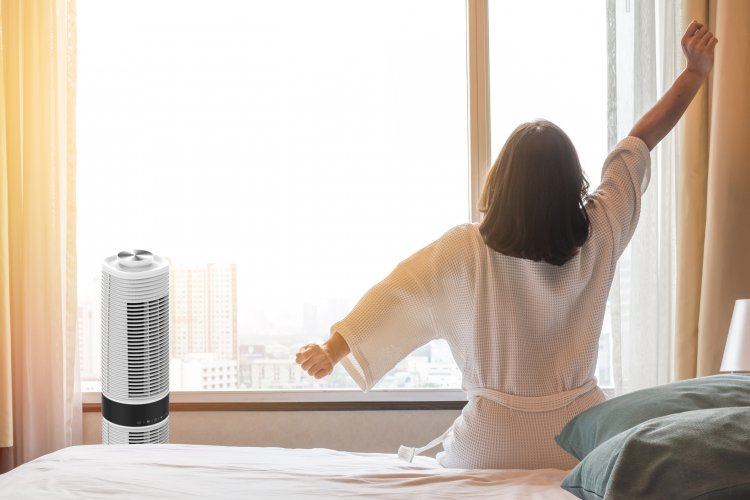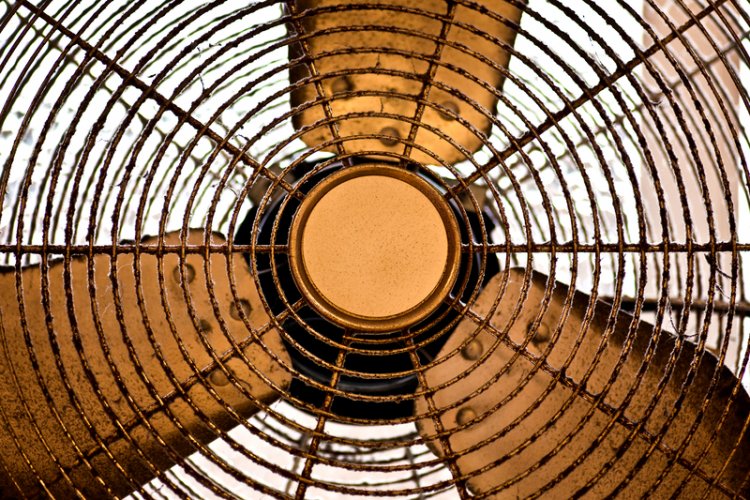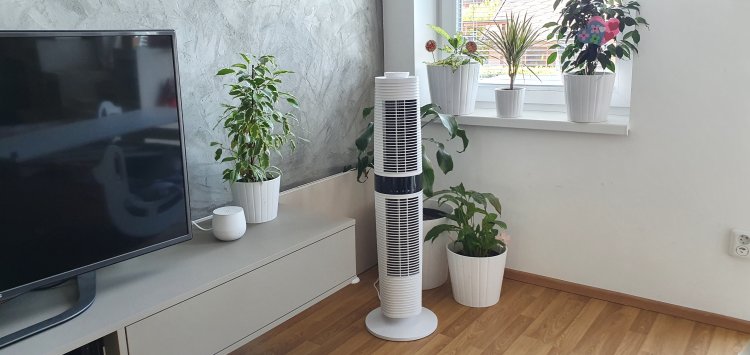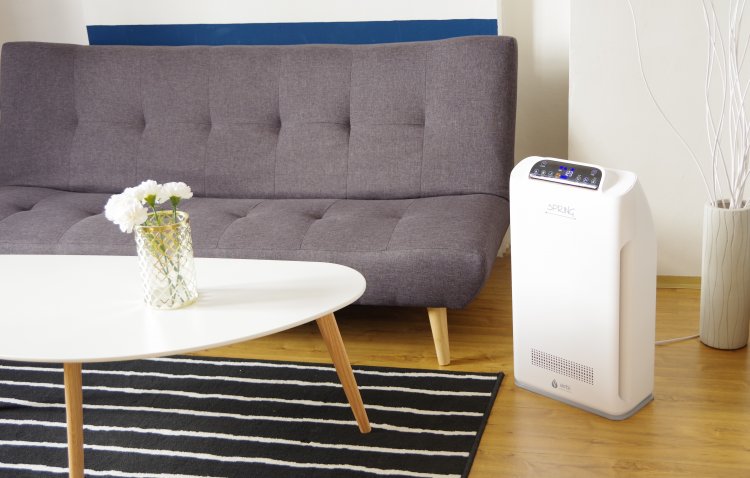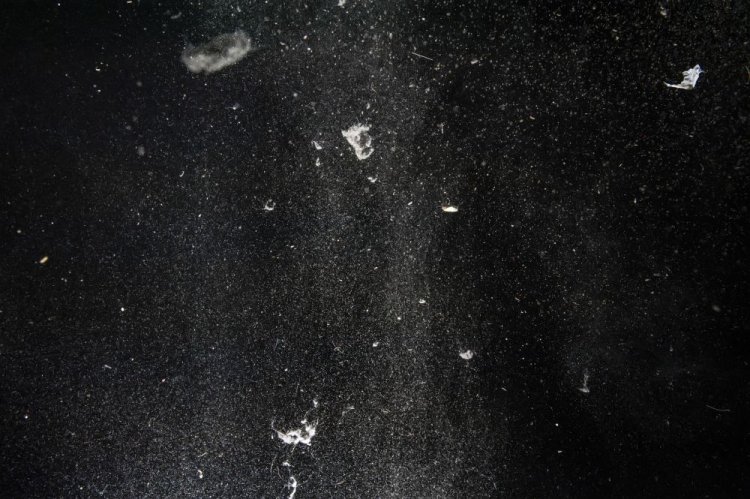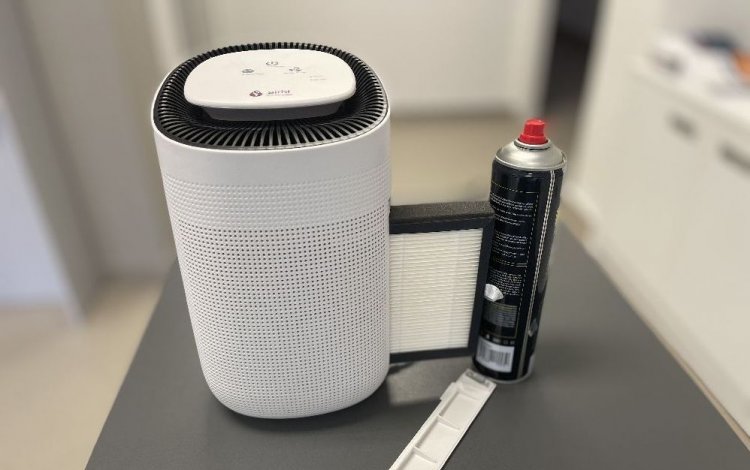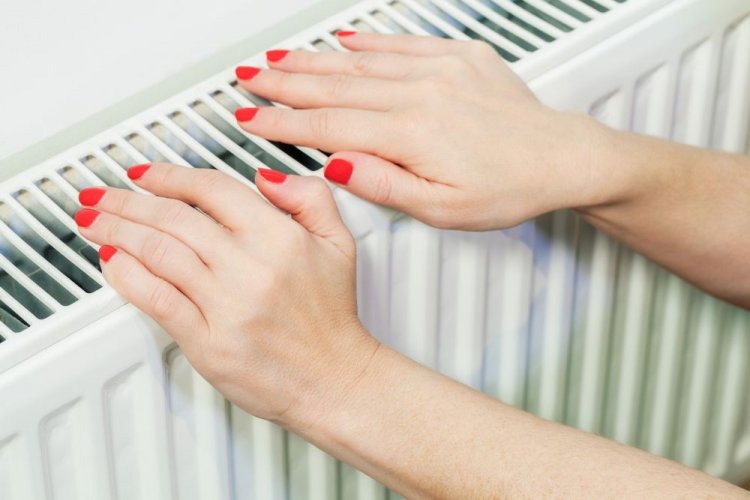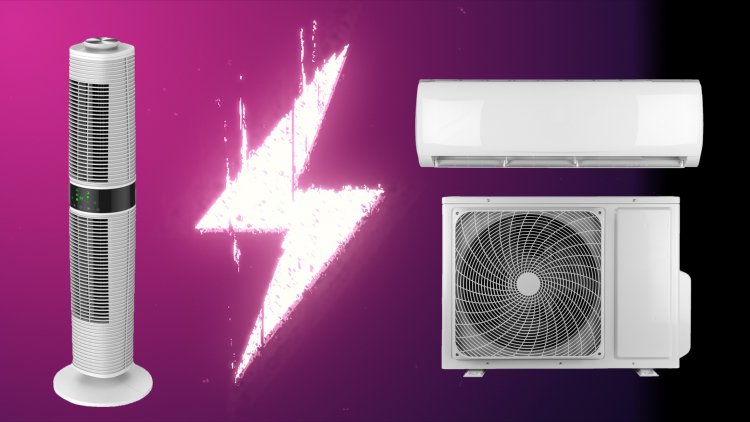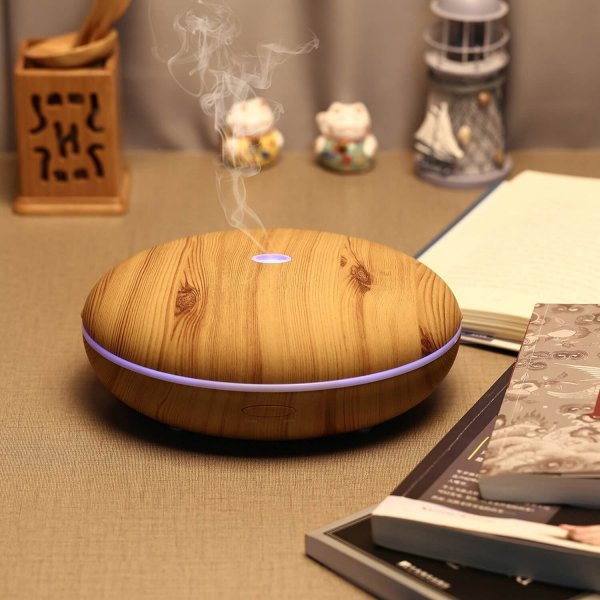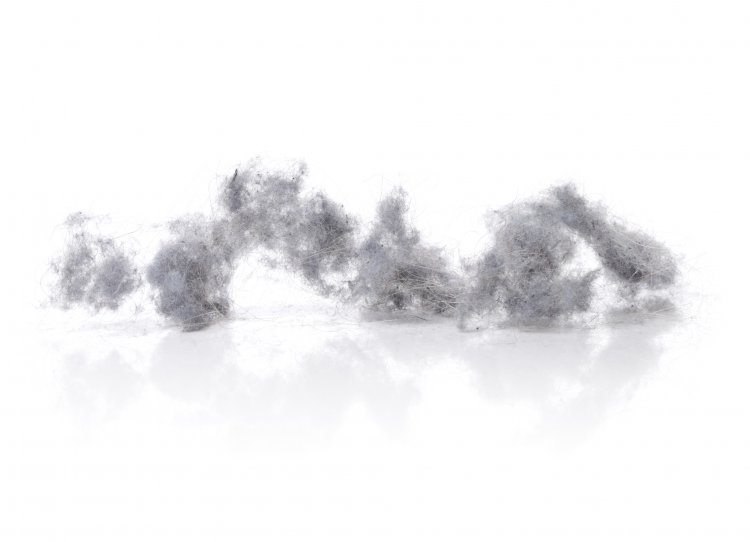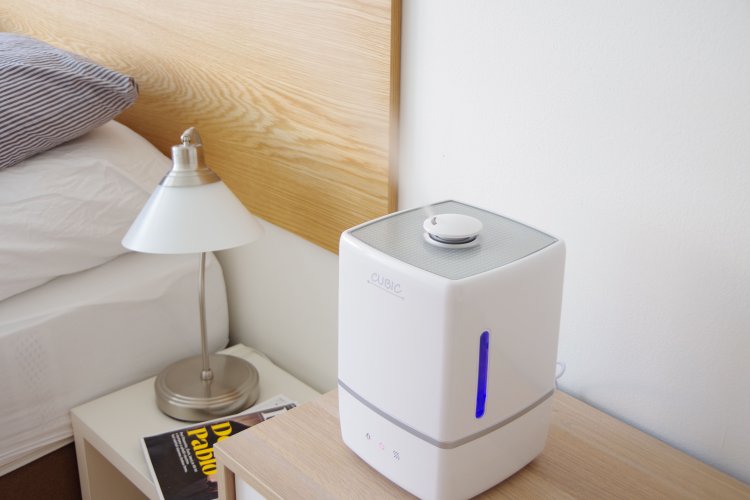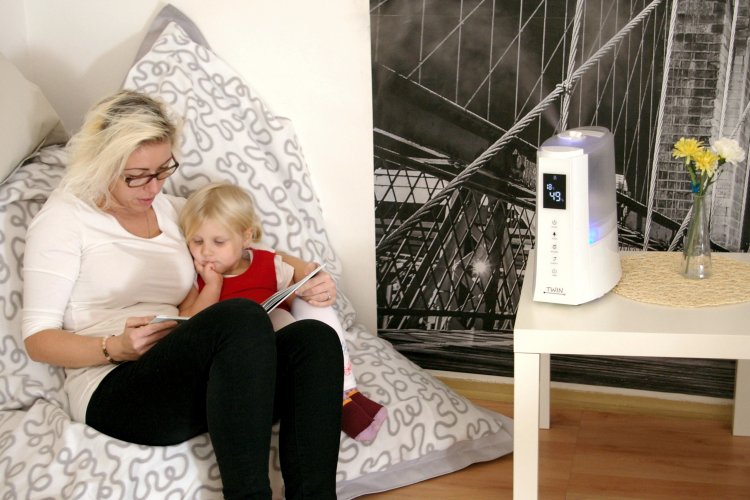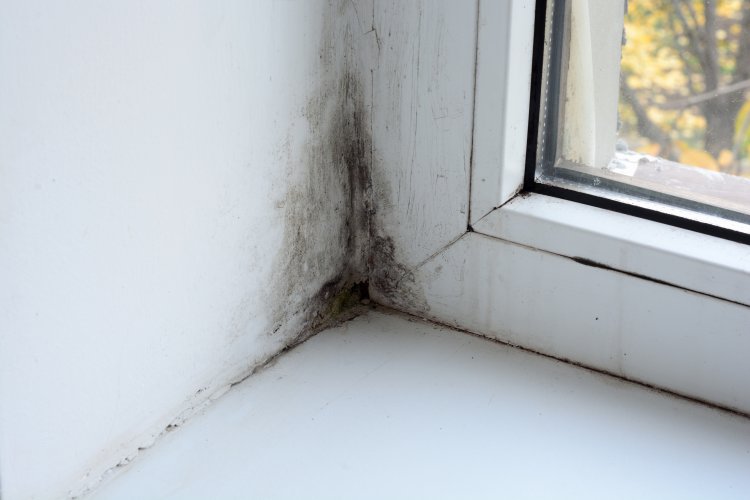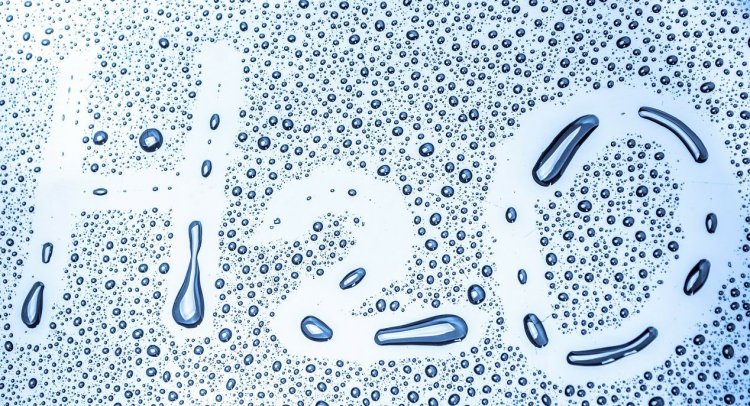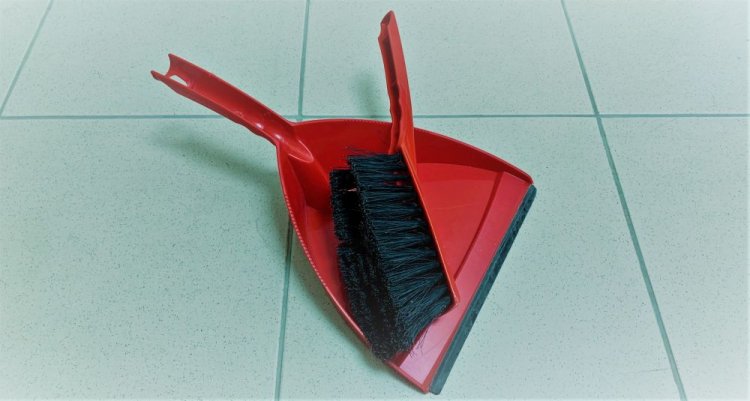

4 advantages (and 1 disadvantage) of desiccant dehumidifiers
Feb 20, 2025High humidity can be unpleasant. If you're choosing a dehumidifier, this brief overview of the advantages and disadvantages...
Dealing with excessive humidity is neither convenient nor fun. We are all stuck from too humid air and it is harder for us to breathe. However, it is not the only thing that high humidity can cause. They are an extreme threat to both your health and your home. Therefore, it is good to know how to know that you are struggling with high humidity at home.
For example, did you know that excessive moisture can damage wood, paint, insulation, and tiles? And what about the fact that high humidity is an invitation for various allergens and impurities such as mites, bacteria and fungi? All of this can cause serious problems in your lungs, especially if you suffer from allergies, asthma or lung disease.
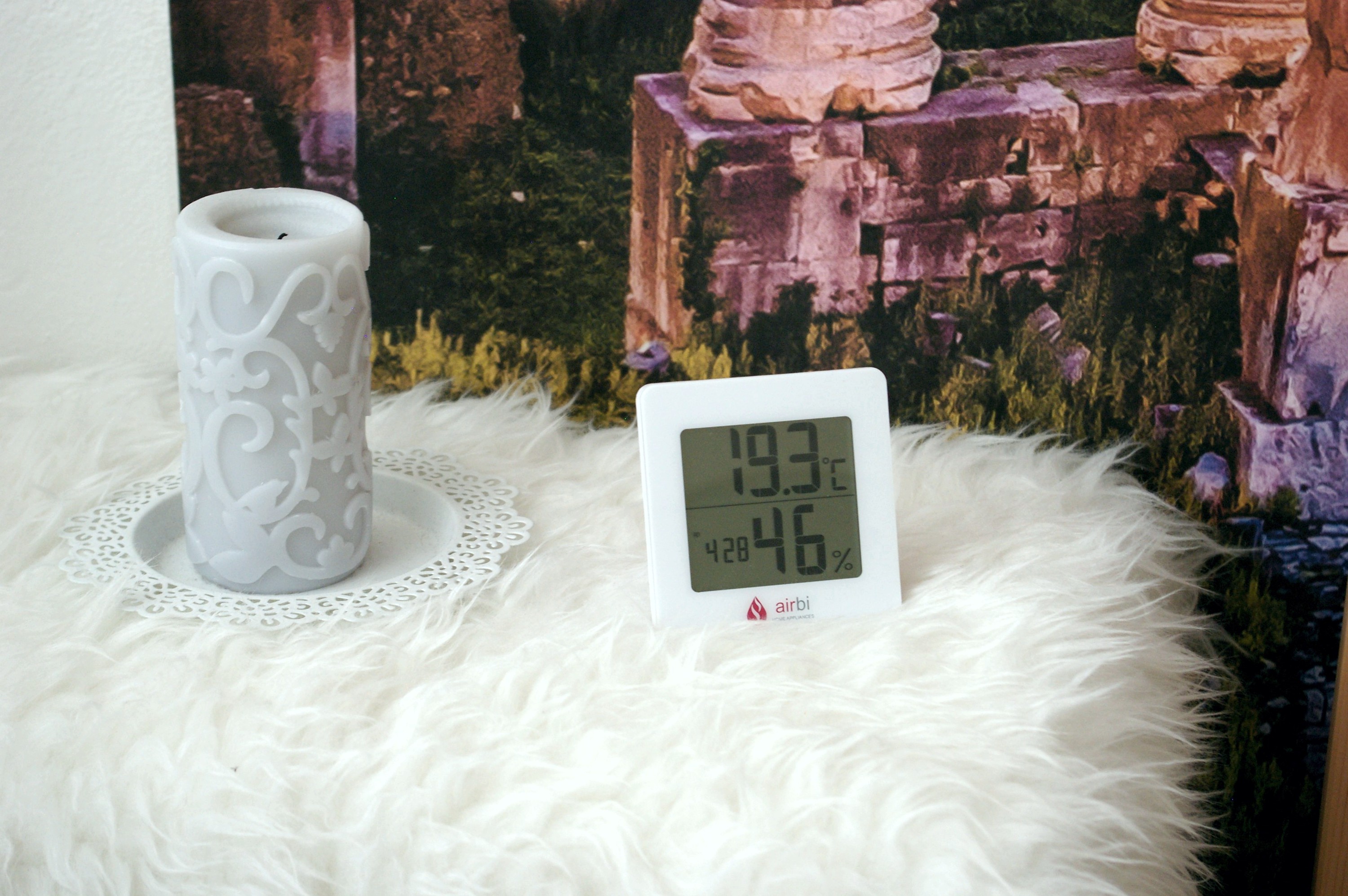
Airbi DIGIT hygrometer for easy control of internal humidity
The easiest way to keep humidity under control is with home hygrometers. Their dimensions are negligible, but their contribution can be absolutely crucial for the health of you and your household. Checking the current humidity with a hygrometer is the easiest thing in the world. For example, you can buy Airbi hygrometers for literally a few hundred and they will do you a great service. If they show between 40 - 60% relative humidity, then everything is fine and you don't have to deal with anything. But if the value climbs to 70% and higher, you should note that there will probably be a problem somewhere. If you do not have a hygrometer or for some reason do not want to, the following symptoms will alert you to the problem with air humidity:
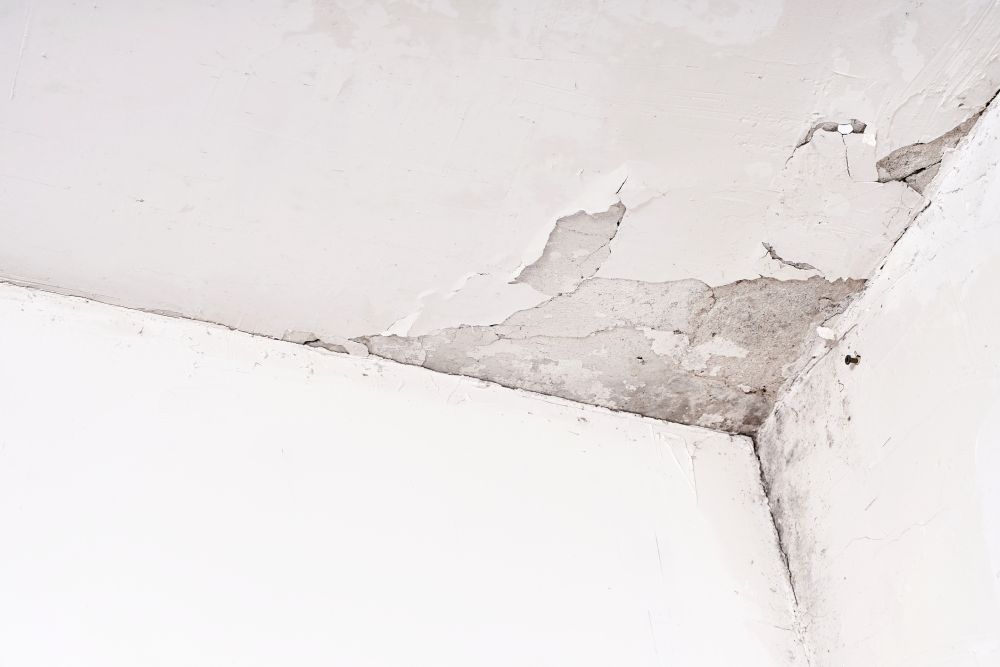
Peeling paint and cracked plaster indicates too humid air
If it is confirmed that high humidity is the cause of these symptoms, it must be addressed immediately. What can you do to reduce humidity?
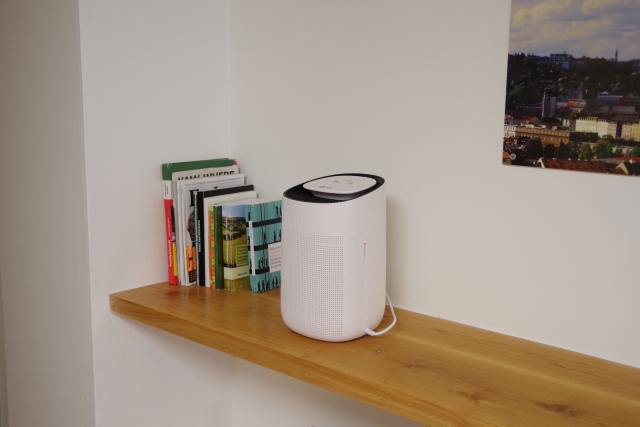
Airbi DIGIT hygrometer for easy control of domestic humidity




